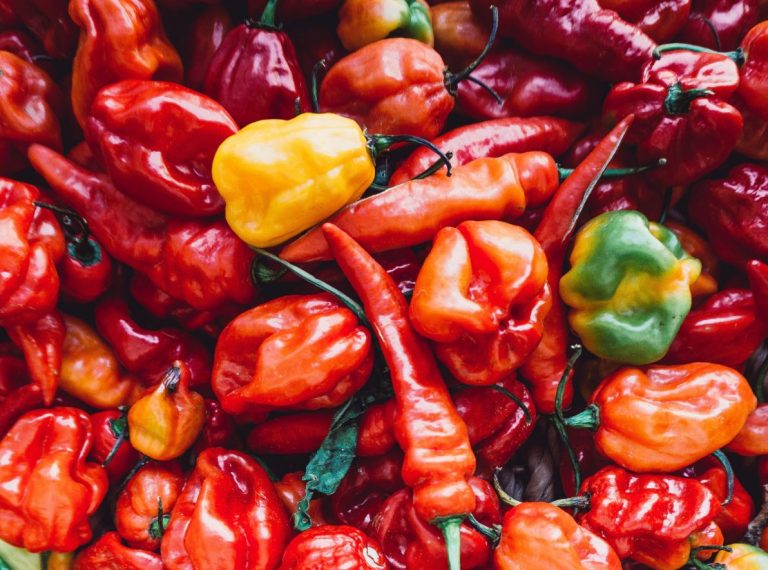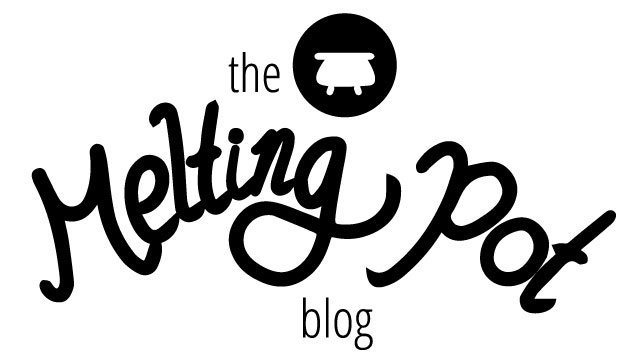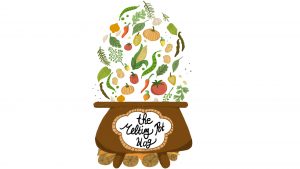Mexico
Mexico, formerly known as Anahuac meaning ” land surrounded by water” to the pre-hispanic people or as the New World to colonials.
It has the largest Indigenous population in the Americas with over 78 distinct indigenous people spread over 32 states; Nahuas, Yucatec, Maya, Zapotec, Mixtec, Otomi, Totonac, Tzotzil to name a few.
It is a melting pot of cultures and traditions.
Mexico’s Alpine ecosystem and geological terrain are as diverse as its people. With 7 main climate regions and various terrain; mountains, deserts, tropical rainforests, and mangrove swamps.
Pico de Orizaba is an inactive stratovolcano, Mexico’s tallest mountain and 3rd inline in North America.


Mountainous regions are known to have healthy soils, especially when mixed with volcanic silt which is nutrient-rich and absorbs more water.
Ancient Mayans knew the importance of this and created a mix of volcanic ash and soil to raise the PH levels, helping crops thrive and take advantage of the microclimatic environment.
Paving the way for Mexico today, to be able to cultivate an impressive 59 indigenous varieties of corn. As if that wasn’t impressive enough they may further boast over their 200 bean variety amongst their 30,000 native plant species!
What Did The Ancient People Of Mexico Eat?
Before the Spanish Conquest in February 1519, the indigenous people’s diet consisted of corn, beans, and a variety of chilies such as the saliva-inducing habanero. Many of the food staples we have today originated from Mexico; tomatoes, cacao, corn, chilies, squash, avocado, agave, turkey, beans, pineapple, papaya, guava, sweet potatoes, yucca, amaranth, peanuts, and vanilla.
Corn was eaten in the form of tortillas (flatbread), cacao beans were ground and made into beverages adding honey, vanilla , and chilli’s.
various mole
Moles, translates too
Guacamole or āhuacamolli made from avocados is another popular mole.
Believe it or not, these are just one of the many ancient recipes of the Nahuatl people known to us to this day.
The first recording of tortillas was over 10,000 years ago!












Ancient Agriculture
The knowledge acquired in developing agriculture and domestication of plants took thousands of years and was realized during the Archaic Period between 8000 BC and 2000 BC.
The Aztecs developed floating farm patches on giant lily pads by adding a mixture of silt.
These were known as Chinampas.

Corn
Around 1200–1500 BC, the genius but arduous 6-hour process of Nixtamalization was discovered, wherein dried corn kernels were soaked in limestone water to soften the grain and ground fine. It was then transformed into a dough that was used fresh else it ferments.
First described by the ancient Nahuatl people as Nixtamal, who have been doing this for millennia. With the discovery of Masa or corn dough, came tortillas and various other masa-based recipes such as tamales (steamed corn husk stuffed with masa). The main staple for all cultures of all classes alike.
Corn was and still is considered to be sacred. Before the ancient Aztecs would sow their next season of corn, there would be a ritual and offering of 5 baskets of tortillas and roasted frogs made to the corn god, Cinteotl.
It was believed that the croaking of a frog would call upon the rain.
There are various superstitions related to corn. Aztec women would breathe onto the corn kernels so they would not fear the fire whilst being cooked.
It is also considered bad luck to burn a tortilla on a griddle pan!


Chillies
Chili’s have been a part of the human diet since 7500 BC and became an important part of the Olmec civilization around 1000 BC.
For breakfast, the ancient Mayans would eat ground maize with chili peppers known as Pozole or Atole.
Ancho and pasilla were two common chili’s used in pipians (sauce made primarily from pumpkin seeds) and moles (sauce made from various seeds and ingredients).
Chili was added to every part of their diet, including their chocolate and alcoholic beverages.
Like corn, chili’s were deeply revered and it was a part of life and death rituals for the Tzotzil Maya people. To ward of evil spirits, chili pods would be rubbed on a baby’s lips and burned during the funeral rites of viejos meaning old ones.


Chocolate
The English word and varients for Chocolate come from the Nahuatl word Chocolatl.
The ancient Mayan elite would drink chocolate beverages mixed with honey, chili peppers, achiote seeds, or water.
Long-distance trading and traveling were dangerous. On their return, Aztec merchants were expected to host a banquet as a show of their success and would treat their guests to a chocolate beverage flavored with vanilla, corn kernels, chili peppers, and honey.
After 2 days of feasting and extravagant displays of wealth, guests were sent home with a bowl of cacao beans and a special chocolate whisk.
Cacao beans were used as a currency before pre-hispanic Mexico and for a period thereafter. In New Spain, one Spanish real was the equivalent of 140 cacao beans.




Meat
Studies of ancient human remains have shown a lack of protein in their diet due to climate changes and overhunting of extinct species; mammoth, wild horse, peccary, bison, giant land tortoise, and camel.
The indigenous people started focusing on gathering wild plants, seeds, and small game such as deer, rabbits, rats, ducks, and turkey.
After the subsequent colonization of the indigenous people in the early 15th century. The Spanish brought with their native staples and staples they discovered on their Conquest; rice, olive oil, garlic, onions, coriander, oregano, cinnamon, sugarcane, wine, brandy, nuts, cows, chickens, pigs, and sheep.
Introducing the country to a whole new range of livestock and thereby raising their consumption of protein.
Although many indigenous people were lactose intolerant, milk was consumed in the form of cheese which soon become another addition to their diet. Oaxaca, situated in the Southwest of Mexico, has one of the largest producers of cheese. They are known for their Oaxaca cheese that was inspired by the Italian’s Mozarella, made with cow’s milk instead of buffalo milk.
Stringy like Mozarella and is said to be of similar taste as Monterey jack.





Not only was ancient Mexico introduced to an array of products from Spain, but cooking techniques such as frying, german beer brewing, and french bread making. French food became particularly popular in the upper class but the Spanish were rather secretive about their discoveries of the New World and became selective about other international influences. Allowing only those with whom they had strong political ties in.
300 years of colonization passed before Mexico finally gained its independence in 1810 on November 16th. Opening its borders to the second influx of imported goods.
During the 19th century, immigrants settled from France, Germany, Italy, Lebanon, Japan, and China. Creating fusion recipes when their native ingredients had to be modified for local produce.

Food In Mexico Today
Despite the Spanish Conquest, Mexico has maintained its triad staple of corn, beans, and chilies. If anything, the influx of new staples further influenced the Mexican palate, adding to their recipes and cuisine.
However, the general belief of indigenous tribes like the Nahua Indians of Hueyapan strictly adhere to their native foods of tortillas (masa flatbread), chilies, beans, tamales (masa steamed inside corn husk), moles (sauce), squash, pulque (fermented agave sap), and hawthorn fruit. It plays a big part in their identity and representation of what it means to be Native Indian. Believing that their people wouldn’t have existed without corn. As quoted by a popular saying among the Tarahumara Indians of the state Chihuahua, ” Without corn, the Tarahumara could not exist”.*
Food In Mexico Today, is a melting pot of cultures infused with traditions carried through from a time long ago. Commemorating and honouring the past with the present through food, textiles, pottery, art and festivals.






Popular Mexican Recipes
- Pozole– A Pre-Hispanic soup, that according to anthropological findings were used in ritual sacrifices.
- Tostadas- is a toasted or deep fried tortilla and it is then topped with any fillings of your choice.
- Mole or Mōlli, meaning sauce or marinade.
- Guacamole, mashed avacado with onion and chili. This recipe dates back to the Aztecs.
- Tamales- Steamed corn husks filled with corn dough known as masa.
- Birria- Birria came from disguising the strong taste of goat.
Best Time To Visit Mexico
The best time to visit Mexico is in the dry season which starts from December to April.
Monsoon season starts in the south of Mexico, lasting from May till October.
The coolest months are between December and February with temperatures still reaching a comfortable 28 degrees.

